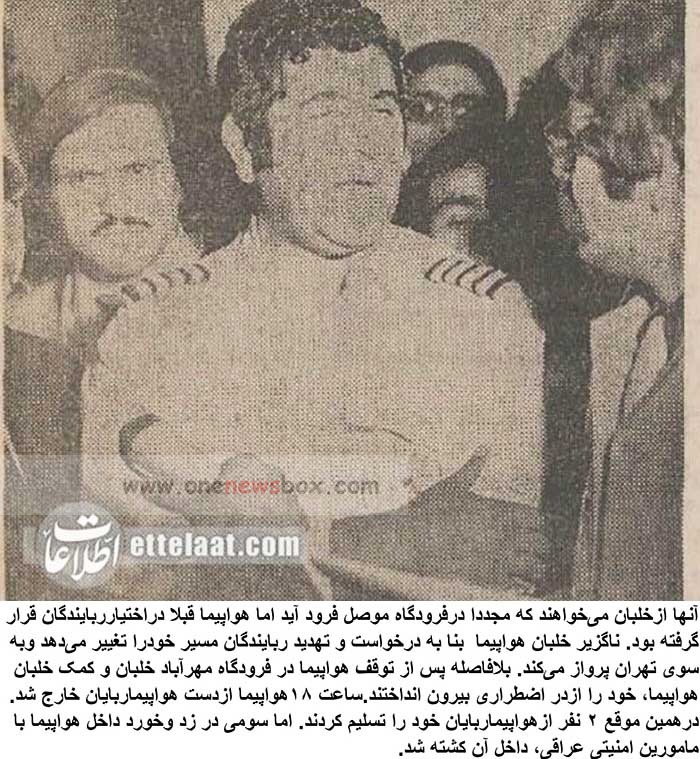At the same time, Iran and Iraq had a complex relationship marked by deep-seated rivalries. Though the Algiers Agreement in 1975 would temporarily ease tensions, in 1974, Iran and Iraq were engaged in a series of border disputes, and Iran was providing support to Kurdish rebels fighting against Baghdad. The hijacking of an Iraqi plane and its subsequent landing in Tehran thus unfolded within an already volatile geopolitical landscape.
The Hijacking Incident
On the day of the hijacking, the Iraqi Airlines Boeing 737 was en route from Mosul to Baghdad. It was supposed to be a routine domestic flight, but three armed men, later identified as young Iraqi dissidents, had other plans. According to the pilot’s account, Iraqi security officials had grown suspicious of these passengers shortly after takeoff. When they attempted to have the plane return to Mosul, the hijackers took control of the aircraft and ordered it to fly to Tehran.
Upon arrival at Mehrabad Airport, chaos ensued. As soon as the aircraft came to a stop, the pilot and co-pilot seized the opportunity to escape through the emergency exit, leaving the passengers at the mercy of the hijackers and security personnel. It did not take long for violence to break out inside the plane. A confrontation between the hijackers and Iraqi security guards resulted in an exchange of gunfire, leaving three people dead and ten injured. Two of the hijackers eventually surrendered, while the third was killed in the melee.

